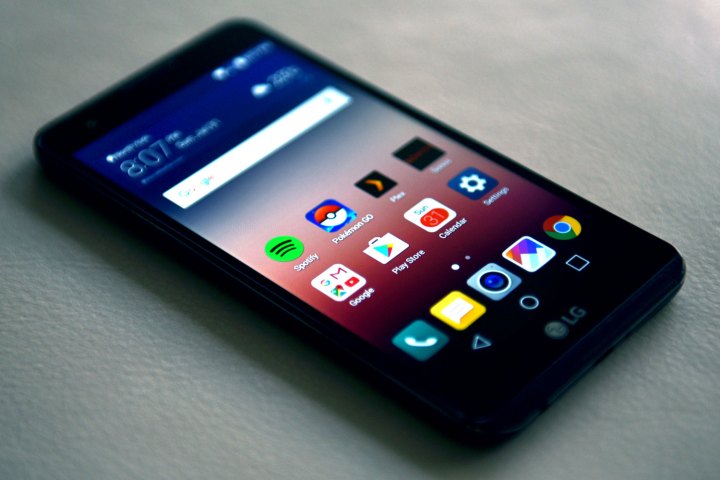
The X Power was announced back in July and has only been available in South Korea until now. The 5.3-inch device is packed with the MediaTek Helio P10 chipset, has a resolution of 1,280 by 720 pixels, an 8-megapixel rear camera, and a 5-megapixel front shooter.
You’ll also find 2GB of RAM and 16GB of internal storage, but the real kicker is the X Power’s battery. It’s got a whopping 4,100mAh battery capacity, meaning this device will certainly be long-lasting.
MediaTek has been configuring its processor to be compatible with a variety of networks in the U.S., from GSM to CDMA, to HSPA+. The Taiwanese company says its Helio P10 chipset signals that the company is ready to power devices in the U.S. on any network. Qualcomm is the dominant force in the United States, but MediaTek wants a share of the pie.
“MediaTek has arrived,” Mohit Bhushan, MediaTek vice president and general manager of U.S. Business Development, tells Digital Trends. “We are a very viable second source to enable the operator portfolio.”
The chipset manufacturer has offered MediaTek processors to devices on AT&T and T-Mobile’s network in the past, but Sprint is the latest expansion in the U.S. The company’s processors have to undergo a “chipset validation” process with every major carrier, and certification on the Helio P10 with Verizon and AT&T is expected to come by the end of October. MediaTek is still in talks with the carriers, but it’s likely we’ll see more MediaTek-powered devices in the U.S. on Big Red, Ma Bell, and all the other major networks.
“The key thing here is the combination of our next-generation LTE technology, which includes a carrier aggregation feature,” Finbarr Moynihan, general manager of international corporate sales for MediaTek, tells Digital Trends. “It really opens up this current modem generation to be applicable to all four carriers in the U.S.”
The LG X Power runs Android 6.0 Marshmallow, costs $150, and is available on Boost Mobile now. It will come to Sprint next week.
Editors' Recommendations
- MediaTek’s new smartphone chip sounds too good to be true
- MediaTek just made Wi-Fi 7 a lot more exciting
- MediaTek’s T800 chipset will bring ultrafast 5G to more devices than ever
- MediaTek looks for more U.S. success with Dimensity 8000
- Are MediaTek and Qualcomm feeling pressure from in-house chips?


